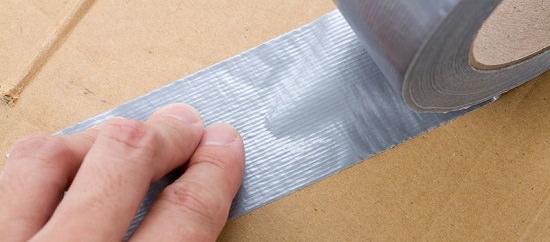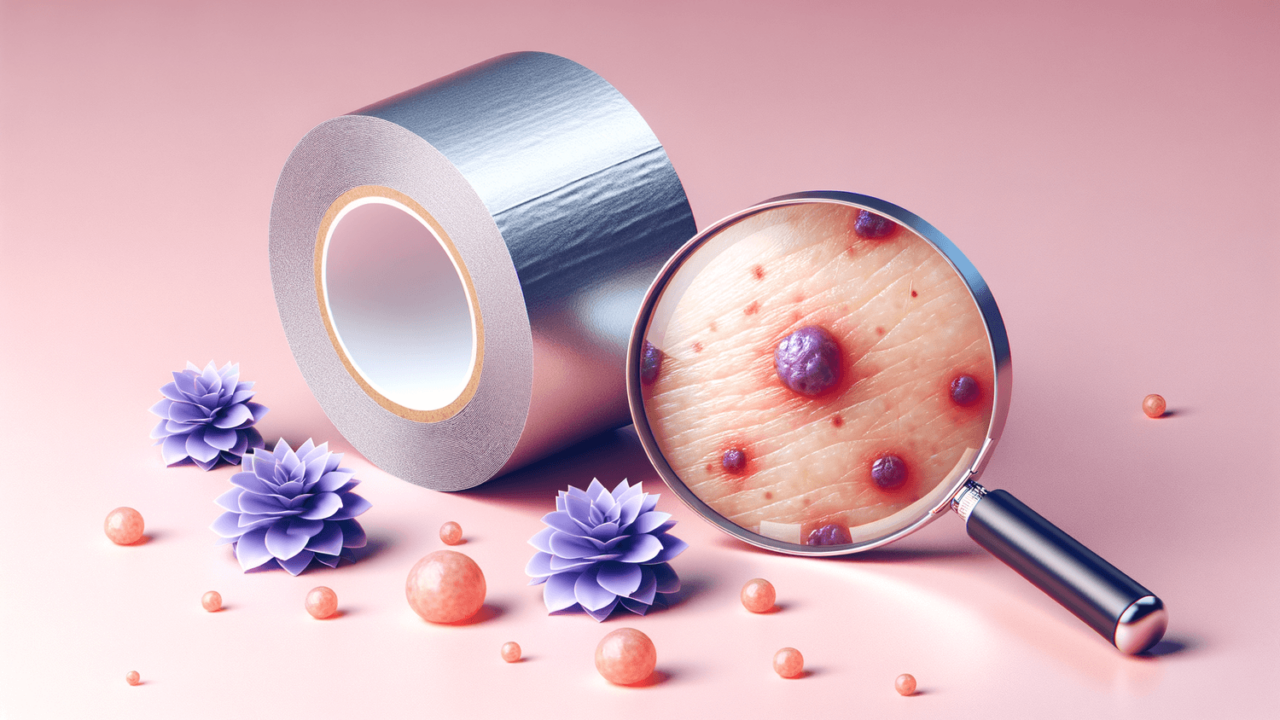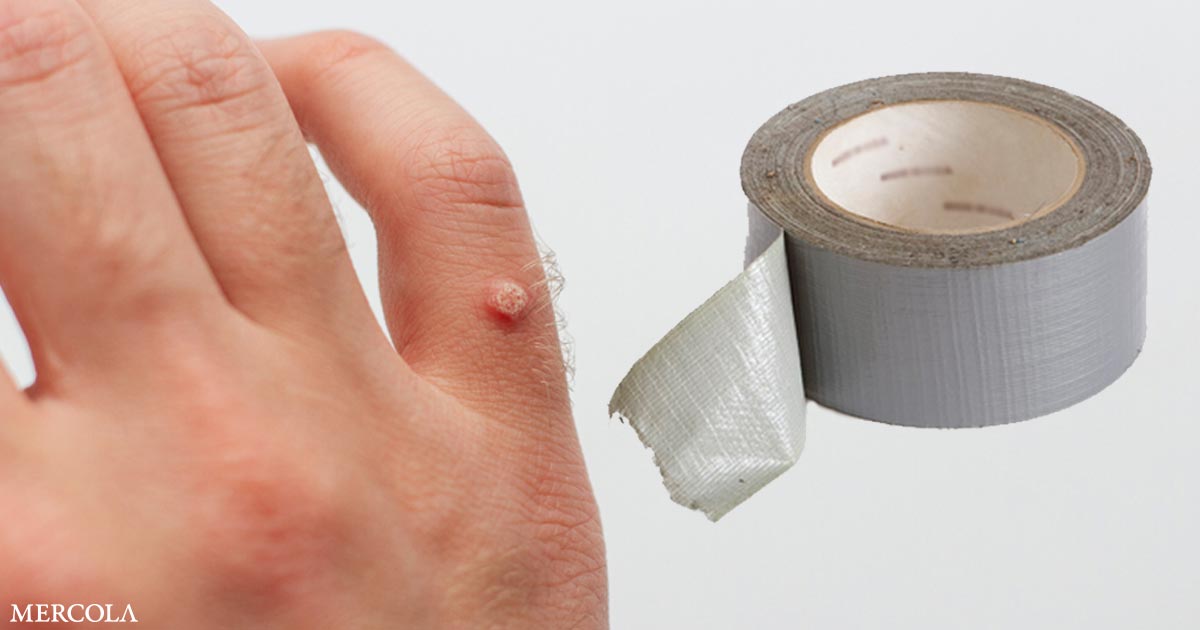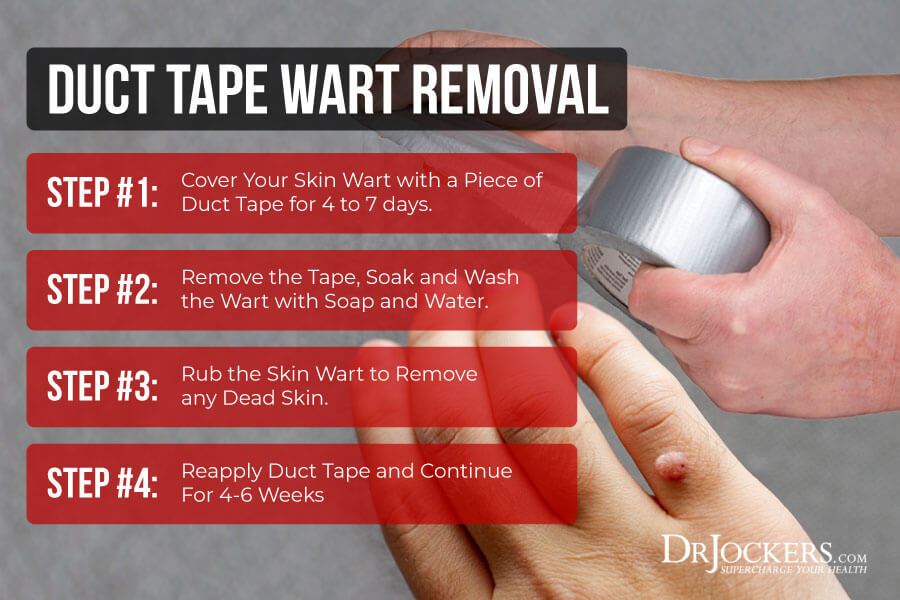Duct Tape To Remove Skin Tags

Imagine stepping out of the shower, the bathroom mirror slightly fogged, and catching a glimpse of that tiny, persistent nuisance on your neck. It’s a skin tag, harmless yet irritating, always catching on your necklace or the collar of your shirt. You’ve considered various remedies, from expensive creams to a doctor's visit, but what if the solution was already tucked away in your toolbox?
The idea of using duct tape to remove skin tags might sound like a quirky, DIY solution, and while it's not a medically established treatment, many swear by its effectiveness. This article explores the anecdotal evidence, potential benefits, and important considerations surrounding this unconventional approach.
What are Skin Tags?
Skin tags, medically known as acrochordons, are small, benign growths that typically appear in areas where skin rubs against skin. Common locations include the neck, armpits, groin, and eyelids. They are usually the same color as your skin or slightly darker, and they dangle from a stalk-like structure.
According to the American Academy of Dermatology, skin tags are very common, affecting nearly half of all adults. They pose no health risk and are generally painless unless irritated by clothing or jewelry.
The exact cause of skin tags is unknown, but they are believed to be related to friction and skin rubbing. They are also more common in people who are overweight or have diabetes. Hormonal changes, such as those experienced during pregnancy, can also contribute to their development.
The Duct Tape Method: An Unconventional Approach
The duct tape method involves applying a small piece of duct tape directly to the skin tag and leaving it in place for several days, typically a week or two. The tape is then removed, and the area is cleaned. Proponents of this method suggest that the adhesive irritates the skin tag, cutting off its blood supply and eventually causing it to fall off.
Online forums and DIY health blogs are filled with testimonials from individuals who have successfully used duct tape for skin tag removal. Many describe a gradual shrinking and eventual disappearance of the skin tag after several applications.
It's crucial to understand that the duct tape method is not a medically approved treatment. There is limited scientific evidence to support its effectiveness, and dermatologists generally recommend other proven methods. However, the anecdotal evidence suggests that it may work for some individuals.
Potential Benefits and Risks
One of the primary advantages of the duct tape method is its accessibility. Duct tape is readily available in most households and is significantly cheaper than many over-the-counter skin tag removal products or professional procedures.
For those who are needle-phobic or uncomfortable with more invasive treatments, the duct tape method offers a non-invasive alternative. It can be performed at home and requires no special equipment or skills.
However, the duct tape method is not without its risks. The adhesive can cause skin irritation, redness, and even allergic reactions in some individuals. Prolonged use can also lead to skin maceration, where the skin becomes soft and breaks down due to excessive moisture.
There is also a risk of infection if the skin is broken or irritated. It's essential to keep the area clean and monitor for signs of infection, such as increased redness, swelling, or pus. Individuals with sensitive skin or underlying skin conditions should exercise caution and consult with a dermatologist before attempting the duct tape method.
When to Consult a Doctor
While skin tags are generally harmless, it's important to consult with a doctor if you notice any changes in their appearance, such as bleeding, pain, or a sudden increase in size. These symptoms could indicate a more serious underlying condition.
If you have a large number of skin tags or they are located in sensitive areas, such as the eyelids or genitals, it's best to seek professional removal. A dermatologist can safely and effectively remove skin tags using various methods, including cryotherapy (freezing), surgical excision, or electrocautery (burning).
Individuals with diabetes should also consult with a doctor before attempting any home remedies for skin tag removal. People with diabetes are more prone to skin infections and may have impaired wound healing.
Alternative Skin Tag Removal Methods
If the duct tape method doesn't appeal to you, or if you're concerned about potential risks, there are several other options available. Over-the-counter skin tag removal products, such as creams and solutions containing salicylic acid, are available at most pharmacies.
Cryotherapy, performed by a dermatologist, involves freezing the skin tag with liquid nitrogen. This is a quick and relatively painless procedure that usually causes the skin tag to fall off within a few days.
Surgical excision involves cutting off the skin tag with a scalpel or surgical scissors. This is a simple and effective method, but it may leave a small scar. Electrocautery uses an electric current to burn off the skin tag. This method is also effective, but it can be slightly more painful than cryotherapy or surgical excision.
A Word of Caution
It is crucial to correctly identify a growth as a skin tag before attempting any removal method. Other skin conditions, such as moles or warts, can sometimes resemble skin tags. Moles can be cancerous, so it's essential to have any suspicious growths evaluated by a doctor.
While the duct tape method might seem like a convenient and affordable solution, it's important to weigh the potential benefits against the risks. If you're unsure whether the duct tape method is right for you, or if you have any concerns about your skin health, consult with a dermatologist.
The Takeaway
The duct tape method for skin tag removal remains a topic of debate. While anecdotal evidence suggests it can be effective for some, it's not a medically established treatment and carries potential risks.
If you're considering this DIY approach, proceed with caution, monitor for any adverse reactions, and don't hesitate to seek professional help if needed. Ultimately, the best course of action is to consult with a dermatologist to determine the safest and most effective method for removing your skin tags.
Perhaps the real lesson here isn't about the efficacy of duct tape, but rather the importance of listening to our bodies and seeking professional guidance when needed. After all, the health of our skin is a reflection of our overall well-being.


















